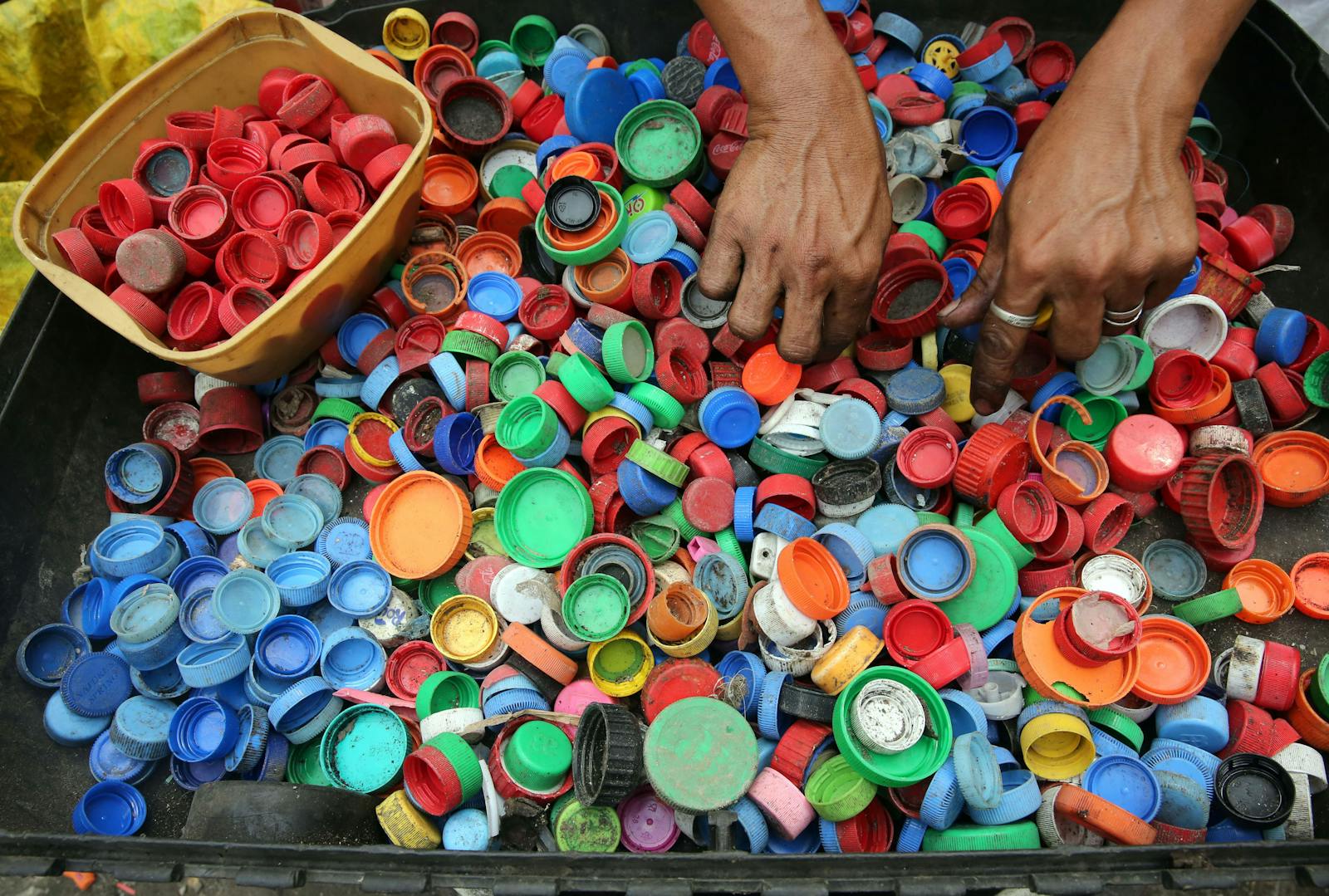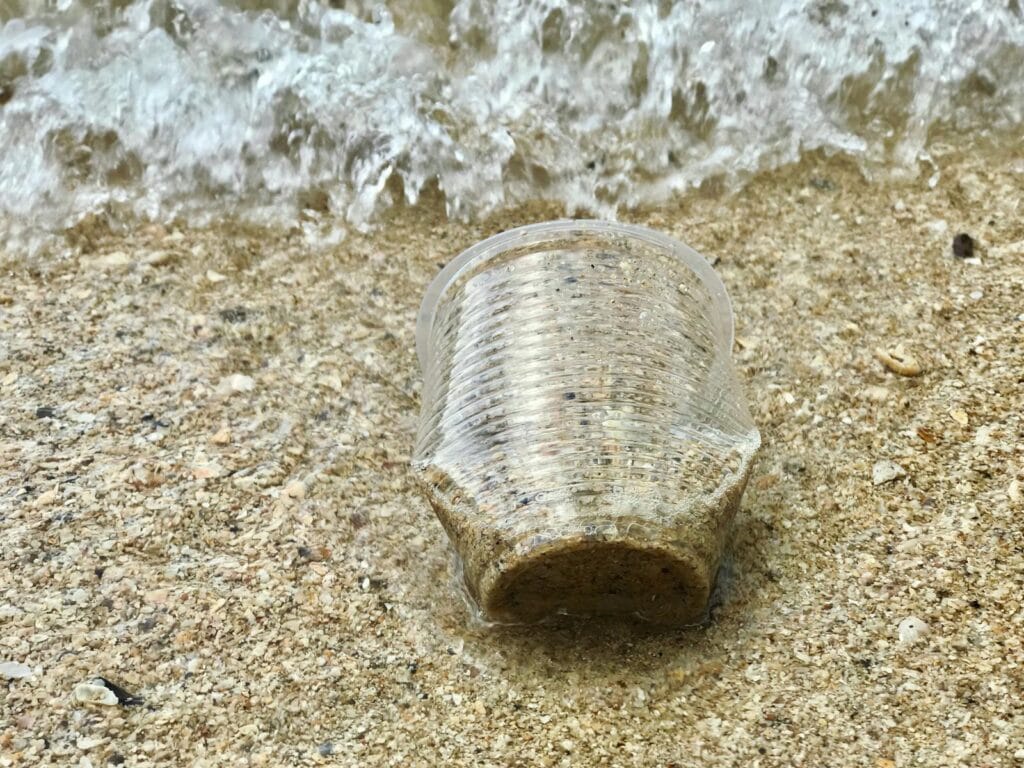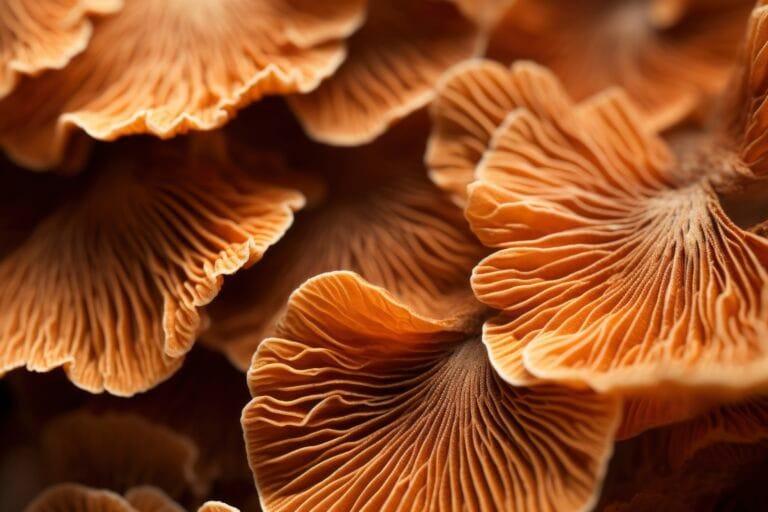
Extremophile Microbes, The Secret Weapon for Plastic Waste Management

- Plastics and Their Environmental Impact
- Classification and Characteristics of Plastics
- The Process of Plastic Biodegradation by Microorganisms
- The Role of Bacteria in Breaking Down Plastics
- Extremophile Microbes as a Solution for Plastic Degradation
Plastic is one of the most widely used materials in the modern world. Its popularity is due to its thermoelasticity, high durability, good stability, waterproof nature, and relatively low production cost. However, behind these advantages lies a significant environmental challenge. The impacts of plastic are not only visible to the naked eye but also reach ecosystems at the microscopic level. To understand the scale of the problem, let’s start with the big picture.
Plastics and Their Environmental Impact
Plastic is a material commonly used due to its thermoelasticity, high durability, stability, waterproof properties, and low cost. In recent decades, plastic production has been used for packaging, soft drink bottles, garbage bags, and label stickers. According to the United Nations Environment Programme (UNEP), less than 9% of plastic is recycled, 12% is incinerated, and the remaining 79% ends up in landfills.
The disposal of non-recyclable plastics negatively impacts the environment and living organisms. For example, plastics are the most common solid waste found in the oceans, posing a threat to aquatic ecosystems. Another dangerous effect is that microplastics enriched with polycyclic aromatic hydrocarbons (PAHs) can pose cancer risks when ingested.
Various methods, such as incineration, can limit the accumulation of plastic in landfills. However, this method can produce secondary pollutants (CO, NOx, dioxins) that increase air pollution. Plastics are polymers formed from hundreds of monomers arranged in carbon chains with hydrogen, oxygen, nitrogen, and sulfur, making them highly resistant to natural degradation.
Today, some researchers are exploring microorganisms as an eco-friendly alternative to degrade plastic. These microorganisms can produce enzymes capable of performing biocatalysis for plastic degradation.
Classification and Characteristics of Plastics
Microorganisms are considered a potential source for identifying depolymerase enzymes and other important enzymes involved in plastic biodegradation. Polymers serve as carbon and nitrogen sources for microorganisms to grow, release enzymes, and synthesize bioproducts. Enzymes involved in plastic biodegradation include cutinase, esterase, lipase, depolymerase, and PETase. PET-hydrolase, for example, can break down certain PET films, fibers, and fabrics.
Plastics can be classified based on their chemical structure, physicochemical properties, and biodegradability. Based on heat resistance, plastics are divided into thermoplastics and thermosets. Thermoplastics can be melted and reshaped, while thermosets permanently harden after heating and cannot be remolded.
Based on physicochemical properties and biodegradability, plastics are divided into biodegradable and non-biodegradable plastics. Biodegradable plastics can be decomposed by bacteria, fungi, algae, or abiotic factors. Non-biodegradable plastics cannot be decomposed by natural biological processes and may eventually fragment into harmful microplastics.
The Process of Plastic Biodegradation by Microorganisms

Plastic biodegradation is the process by which microorganisms break down plastic polymers into simpler compounds such as carbon dioxide (CO₂), methane (CH₄), water (H₂O), and new biomass. These microorganisms use plastics as a carbon and nitrogen source for growth and enzyme production. The plastic biodegradation mechanism in bacteria consists of four main stages:
Biodeterioration
Chemical and physical changes in plastics after microorganisms colonize them.
Biofragmentation
Breaking down polymer chains into smaller fragments through enzymatic action.
Assimilation
Microorganisms absorb and use plastic fragments as a nutrient source.
Mineralization
Production of end compounds (CO₂, methane, and new biomass).
The Role of Bacteria in Breaking Down Plastics
Bacteria with potential in plastic biodegradation include Bacillus, Brevibacillus, Stenotrophomonas, Pseudomonas, and Streptomyces. These bacteria produce hydrolytic enzymes such as lipase, protease, xylanase, cutinase, and PETase, which play crucial roles in plastic degradation.
A notable example is Ideonella sakaiensis, which uses PET as its main carbon source and produces PETase to hydrolyze PET. Another example is Pseudomonas aeruginosa, which can degrade polyurethane (PU), and Bacillus cereus, which is effective in degrading various types of plastics such as PE and PET.To improve degradation efficiency, a microbial consortium can be used. For instance, Enterobacter combined with Pantoea spp. has been shown to enhance the degradation of low-density polyethylene (LDPE).
Extremophile Microbes as a Solution for Plastic Degradation
Extremophiles are microorganisms capable of surviving in extreme conditions such as high or low temperatures, extreme acidity or alkalinity, and environments with high pressure or high salinity. These microbes have great potential in plastic biodegradation because they can produce unique enzymes adapted to harsh conditions and capable of breaking down plastic polymers. These extremophiles form biofilms on plastic surfaces, facilitating the degradation process.
Read More:
5 Extreme Bacteria That Survive in Extreme Environments
Biofilm formation is important because bacteria within biofilms are more resistant to antibiotics, extreme pH, UV radiation, and pollutants. The hydrophobic nature of bacterial cells also helps them adhere to plastic surfaces and initiate the degradation process. Further studies are needed to identify and optimize highly effective enzymes for breaking down persistent plastics.
Research should also focus on isolating new bacteria from extreme habitats and understanding environmental factors that affect growth and enzyme activity. Exploring marine and psychrophilic microorganisms offers promising prospects for finding unique enzymes for plastic degradation. Efforts to reduce plastic pollution through microorganism-based biodegradation require cross-disciplinary research involving microbiology, biotechnology, and environmental engineering.
The discovery of new enzymes, development of industrial-scale technologies, and understanding environmental factors that influence degradation will be key to the success of this strategy. If you produce or use plastic-based products, ensure their quality and safety through standardized laboratory testing to make them safe for use and environmentally friendly.
Author: Devira
Editor: Sabilla Reza
References:
Pham, V. H. T., Kim, J., & Chang, S. 2024. A valuable source of promising extremophiles in microbial plastic degradation. Polymers, 16(2109). https://doi.org/10.3390/polym16152109



